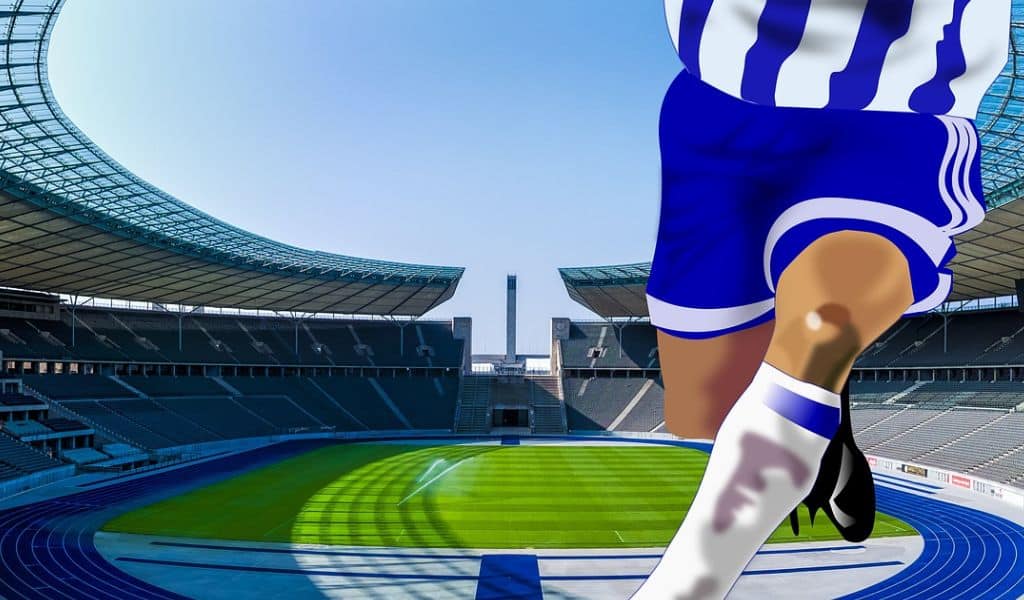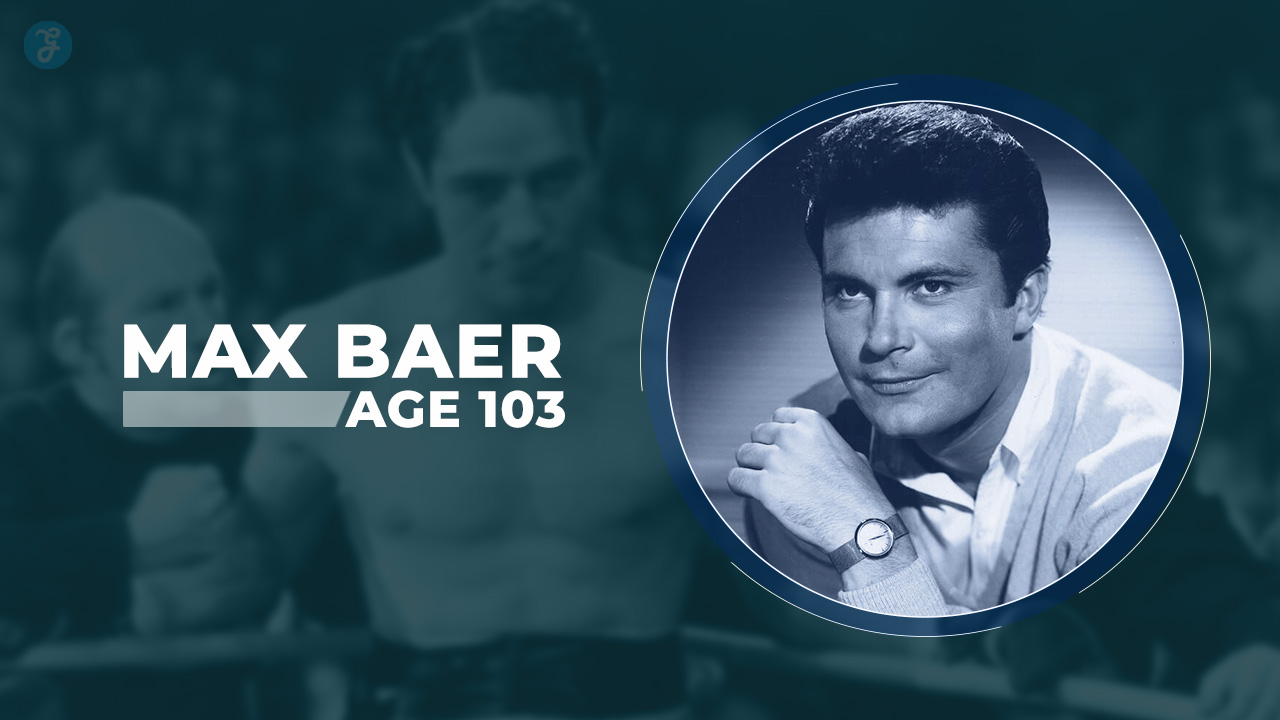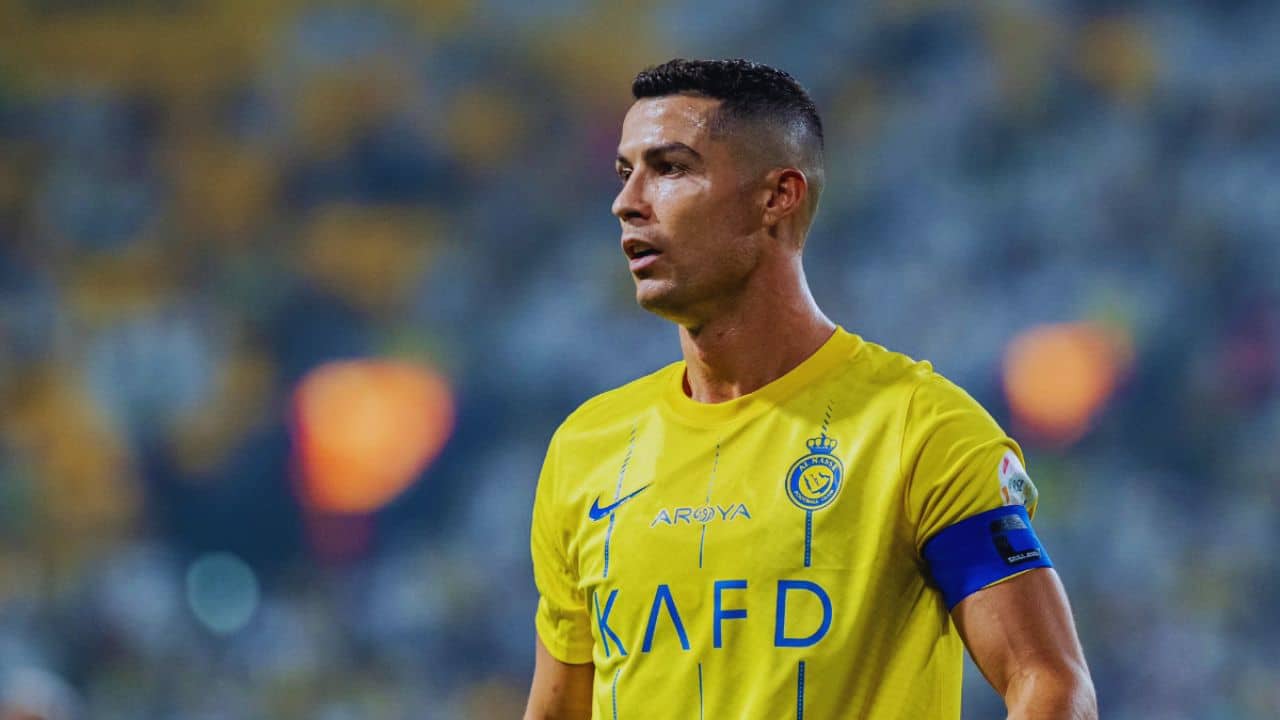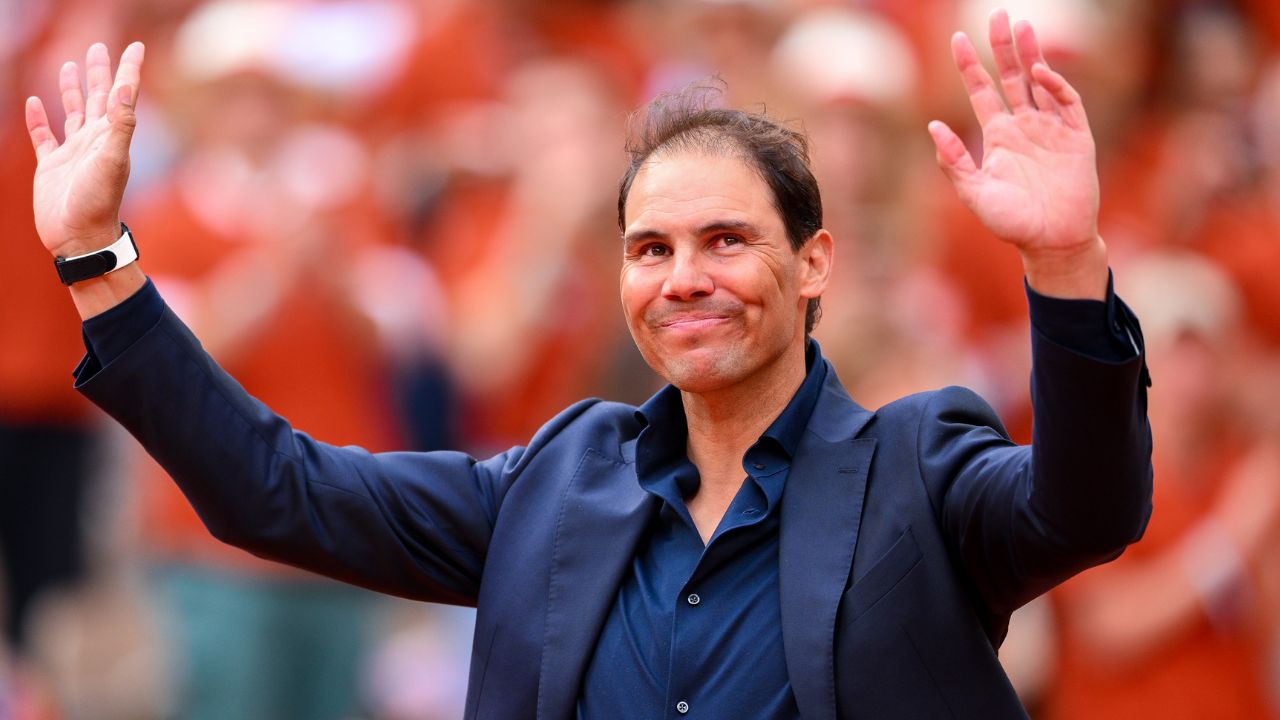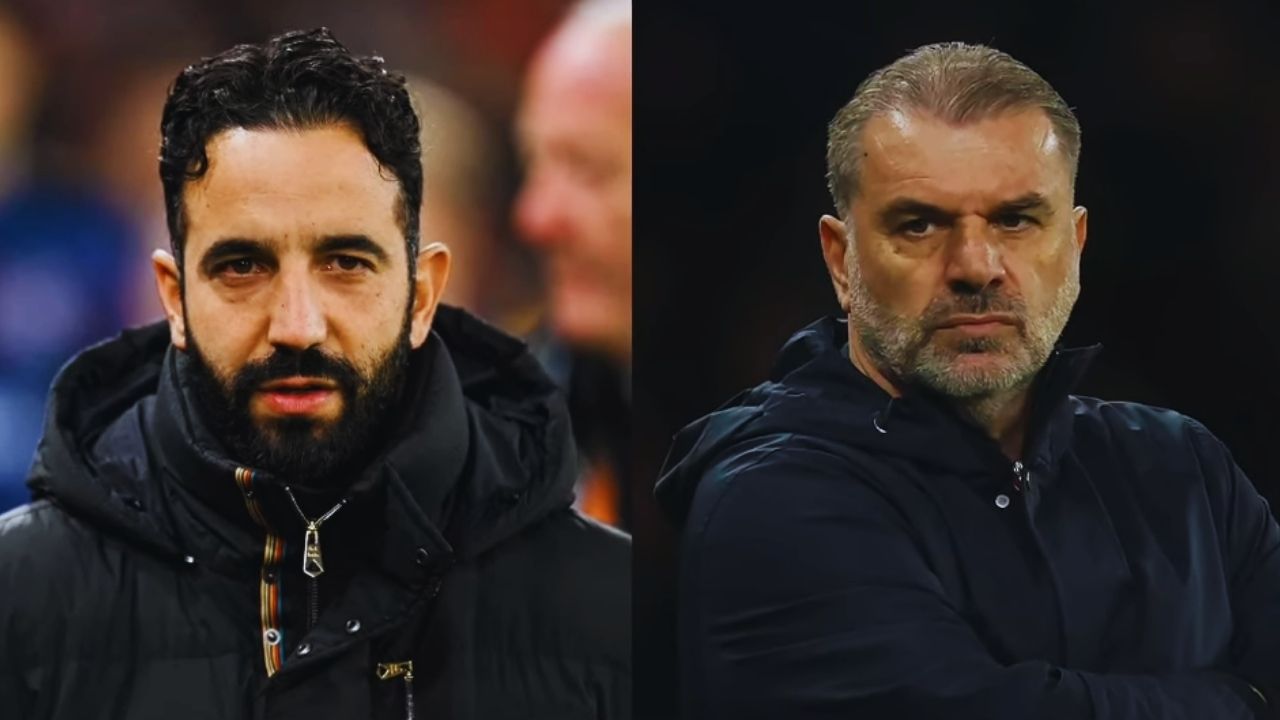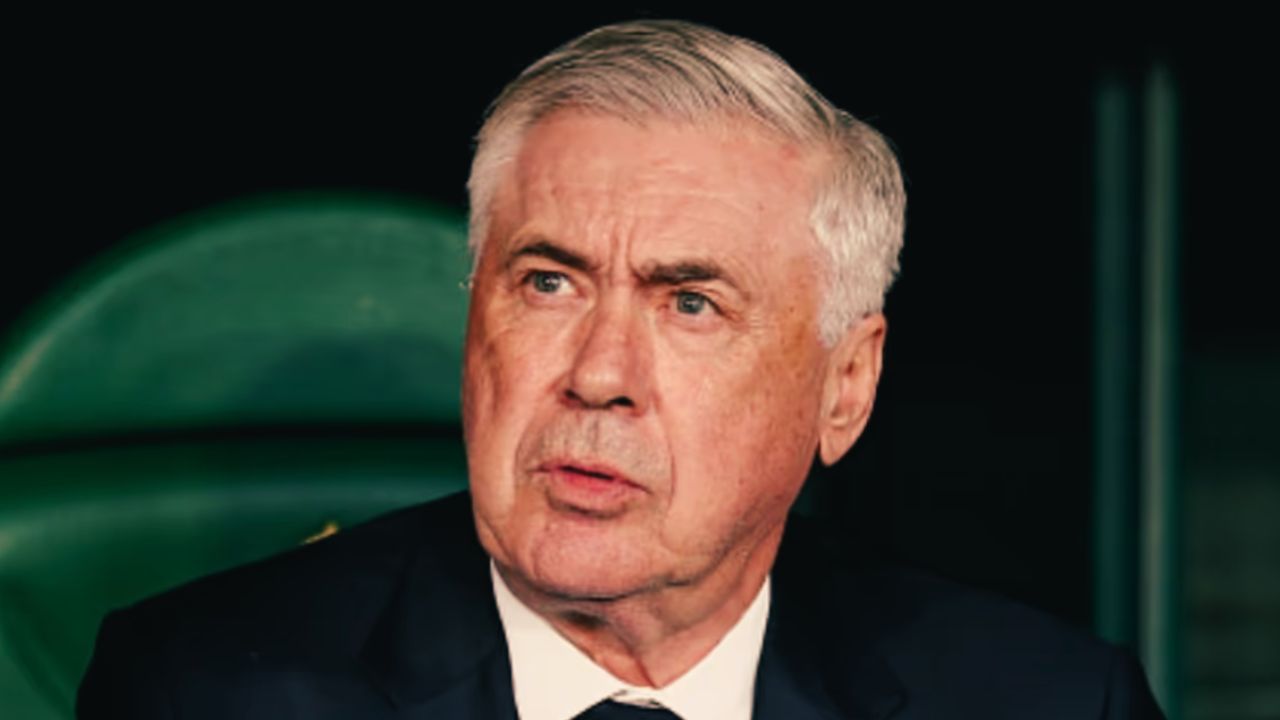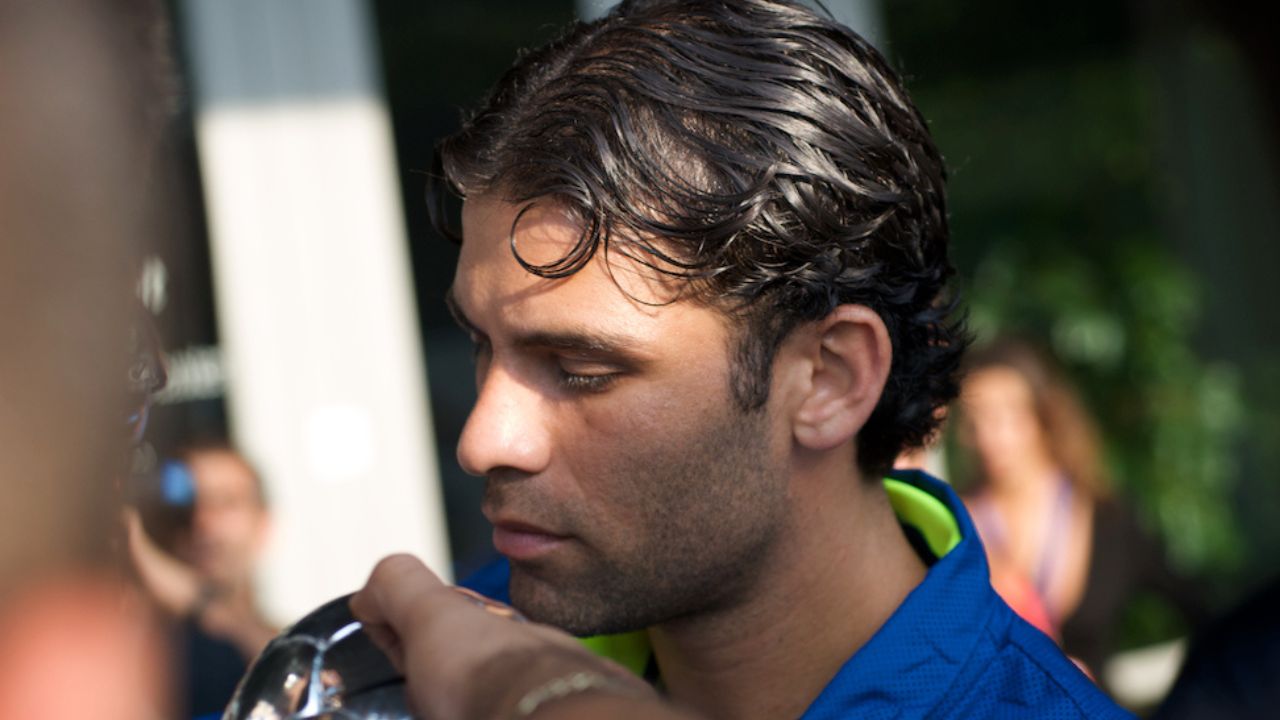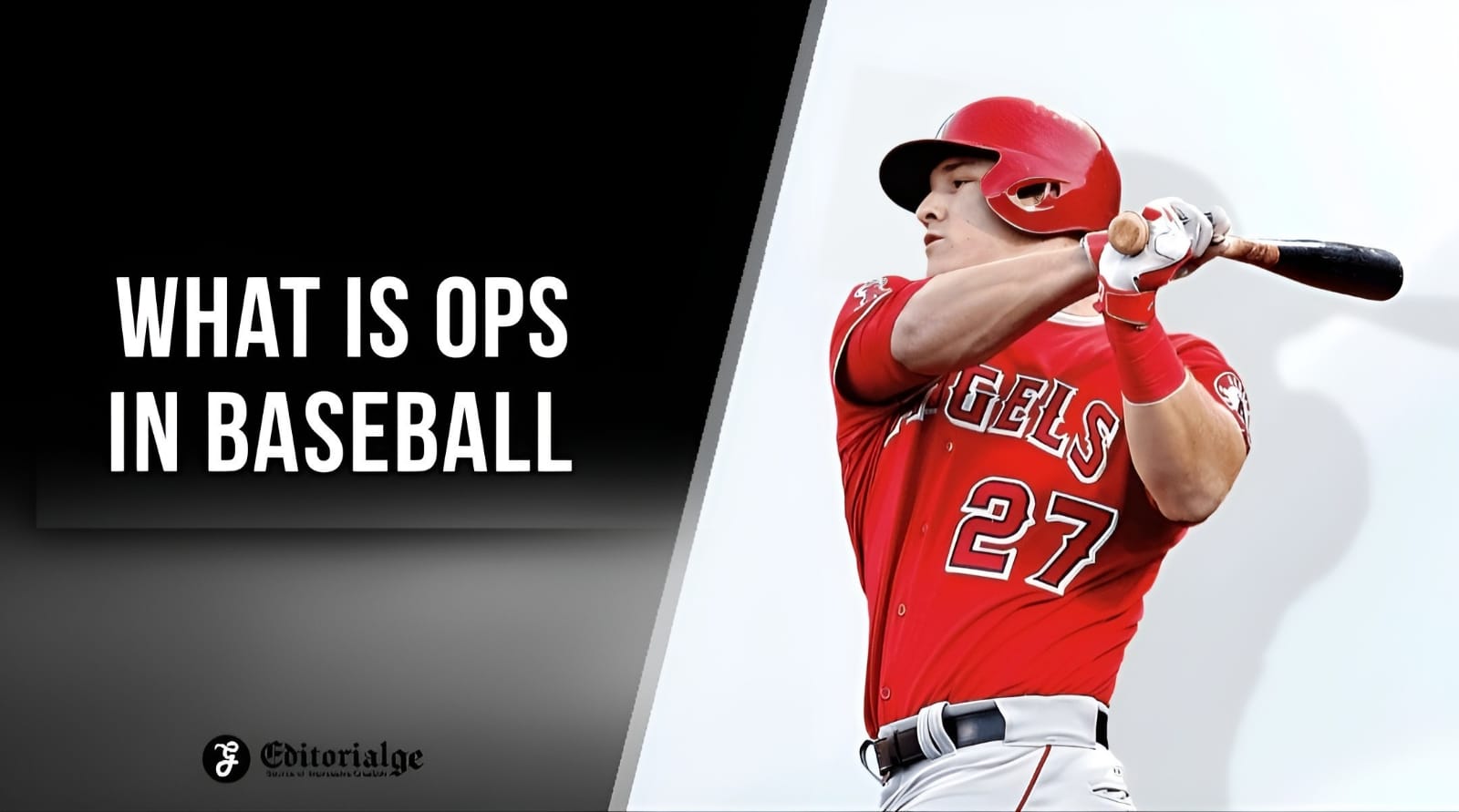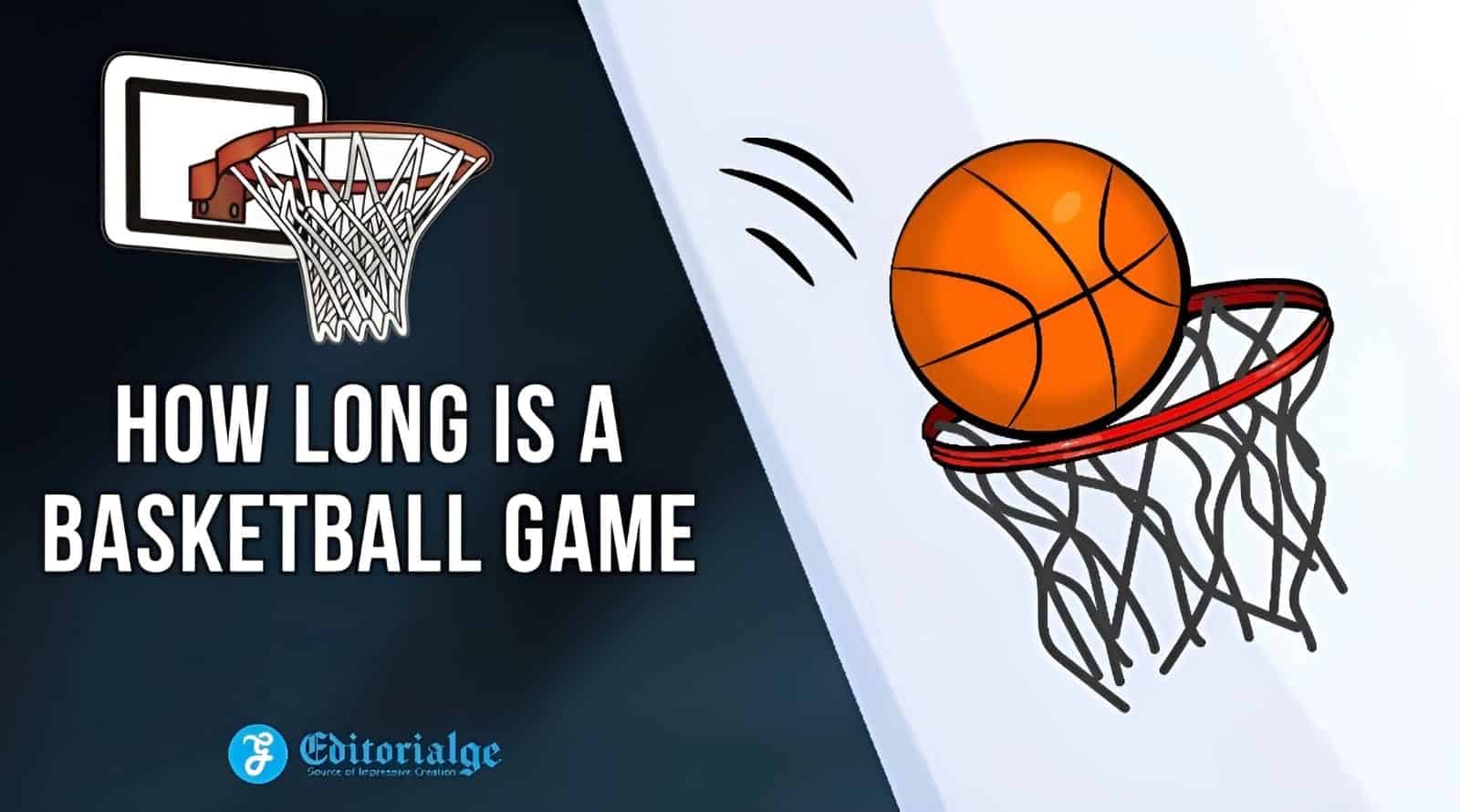Over the past ten years, the global economy has changed, with technology playing a significant role. Its significance cannot be overstated, whether it is on the technical side of a sector, like sports, or indirectly increasing its sales.
The use of VAR and goal-line technology has reduced human error. Soccer and the National Hockey League (NHL) are big on goal line technology, while tennis and the NFL (American Football) are big on playback video review.
Our focus, however, is on the direct effects of contemporary technology and trends in sports marketing, where brands are increasingly depending on well-known people on social media and other platforms rather than traditional media for promotion.
Yes, social media has completely changed the way we consume data and information, and many businesses in the sports industry are taking advantage of this. In reality, several of the best UK online bookies interact with their consumers on social media. Some even go above and beyond by hiring celebrities to promote their brands.
When it comes to bookies that work with public people, they typically target athletes, particularly those who have a sizable following on social media platforms like Instagram, Twitter, TikTok, and Facebook. Because an athlete communicates with followers based on numerous facets of their career, it makes more sense. These could include their degree of expertise (professional or amateur), public demeanor, or the reputation and success of the team they play for.
Fans can view the players’ daily routines for food, exercise, fashion style, and even hobbies outside of sports as they follow the careers of their favorite sportsmen and women online. It offers a window into how they conduct their daily lives.
From a marketing standpoint, it makes sense to use this interaction as a win-win situation for the business, the athlete, and the fan. The athlete receives financial compensation, the sports fan watches potentially interesting sports-related advertisements, and the brand is exposed to its niche target market.
The professional sports clubs who collectively receive the most money from brand sponsorship or endorsement have received the majority of direct investment. Data from media consumers has shown that there has been a glut of online material as a result of the rapid growth of social networks brought on by better speed internet bundles.
On YouTube alone, there are more than 500 million posts per day. In a world where people’s attention spans are getting shorter, such media saturation has created a conflict in consumption. The majority of individuals can focus for no longer than one minute on a media post, but they can sit through an entire basketball or soccer game.
Athletes who play for teams that are sponsored by brands may promote those brands on social media. In order to create a fantastic marketing synergy between the athletes, team, and brand, the sponsorship typically involves the team slathering the company name on the official team outfit, uniform, or even stadium.
On the one hand, the athlete updates their social media profiles with brief videos and photos that describe their routine and development. They receive likes, comments, and shares when they use the team gear and post on their social media accounts. The team shares photos and videos it has shot with the sponsor, and all three parties upload them to their social media pages.
Economic Impact
How has this affected the economy, then? The brand is the biggest winner. Consider the NFL’s exposure during the 2022 Super Bowl finals, which had 115 million viewers, compared to the 400 million viewers for the UEFA Champions League finals. Fans from all around the world streamed in to watch these yearly events.
The number of watchers increased within a month as those who couldn’t watch the live stream or afford tickets rewatched the games on planned repeat broadcasts. Four teams played for 150 minutes in front of at least a billion viewers. While an NFL game lasts 60 minutes, a soccer match lasts 90 minutes.
The Super Bowl XLVII 2023 between the Philadelphia Eagles and Kansas City Chiefs brought about $500 million in total advertising revenue in less than 4 hours. Super Bowl-related sales in America were $16.5 billion, with spectators directly influenced by the running commercials to spend money on goods or services.
Real Madrid vs. Liverpool in the UEFA Champions League final in 2022 will bring in a total of $4.29 billion, according to officially available certified data. Due to global financial limitations and COVID-related problems, it fell from $6.06 billion in 2021.
With Emirates Airline, Real Madrid holds the second-most costly sponsorship deal in European sport, valued at $75 million yearly. In less than 5 hours, Emirates’ brand was seen by almost 400 million live viewers. As a result, Real Madrid played 37 games and the Spanish League averaged 300,000 viewers each game from just Spain.
Karim Benzema, their star striker, has an average of 20 million Twitter followers and 72 million Instagram followers in terms of marketing influencer involvement. Even if he only posted once a week, a single image or video on his social media platforms with a Real Madrid jersey or uniform had a projected interaction of 250 million people.
Therefore, sponsorship has a positive financial influence on athletes since they receive additional compensation, and sponsorship money goes to clubs so they may upgrade their facilities or sign better players. Due to their advertising influence, it has resulted in athletes receiving contracts that are more lucrative. Teams, sportsmen, and brands in general are taxing their income more.


